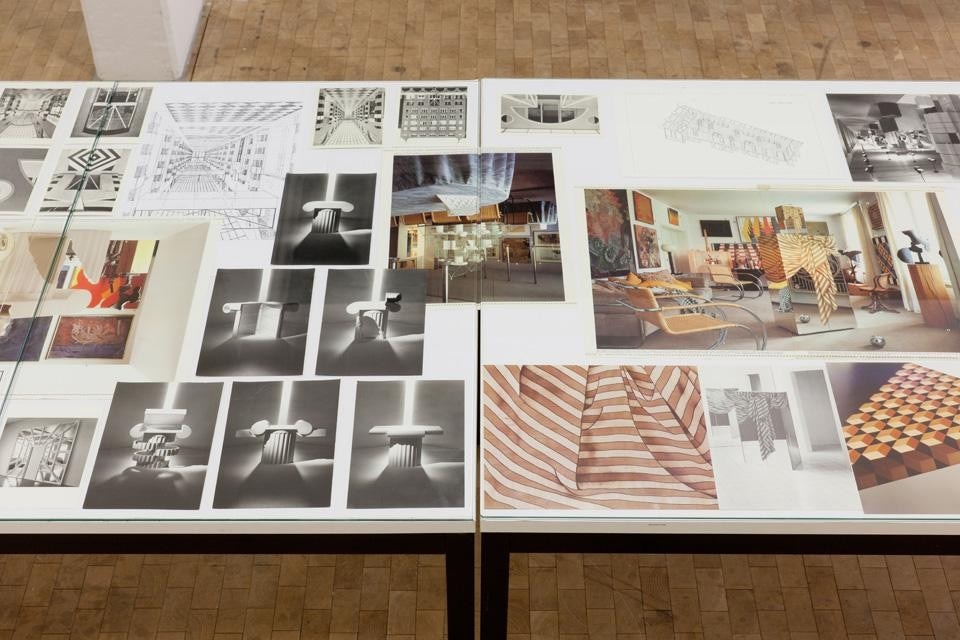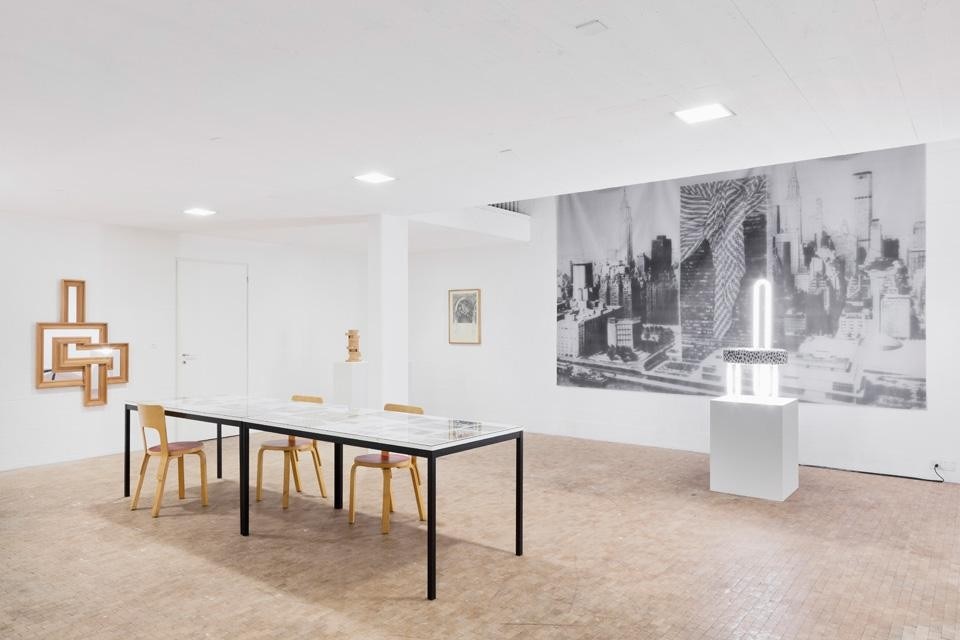The legacy of modern design tradition is everywhere in Switzerland: Helvetica permeates corporate design in graphics, just as the polished moulds of an international furniture style permeates public space. Studiolo now demonstrates how architectural traditions, as an alternative to "form follows function", can be interpreted in an ironic fashion. For once the self-reflexive gesture of current art productions does not polarize. The manierismo critico of interior designer Robert Haussmann, now 80, and his long-standing partner, architect Trix Högl (b. 1933) opens up a field of discourse in contemporary art. Their intimate retrospective shows how they have undermined Gute Form with visionary designs since the 1960s.
On arrival to the converted studio building it is difficult to assess what the generously proportioned basement has in store with regards to playful surprises. A strangely monotonous sound installation resounds: it is the newly recorded multilingual reading of the "Log-O-rythmic Slide-rule", a vertical word sequence with a modular structure between the letters A to Z. It is also presented as a photocopied work board. Against this sound backdrop, small items of furniture position themselves in a surprisingly self-confident manner on loosely distributed plinths. These items are too small to furnish a living room, and yet too large for a dolls' house.
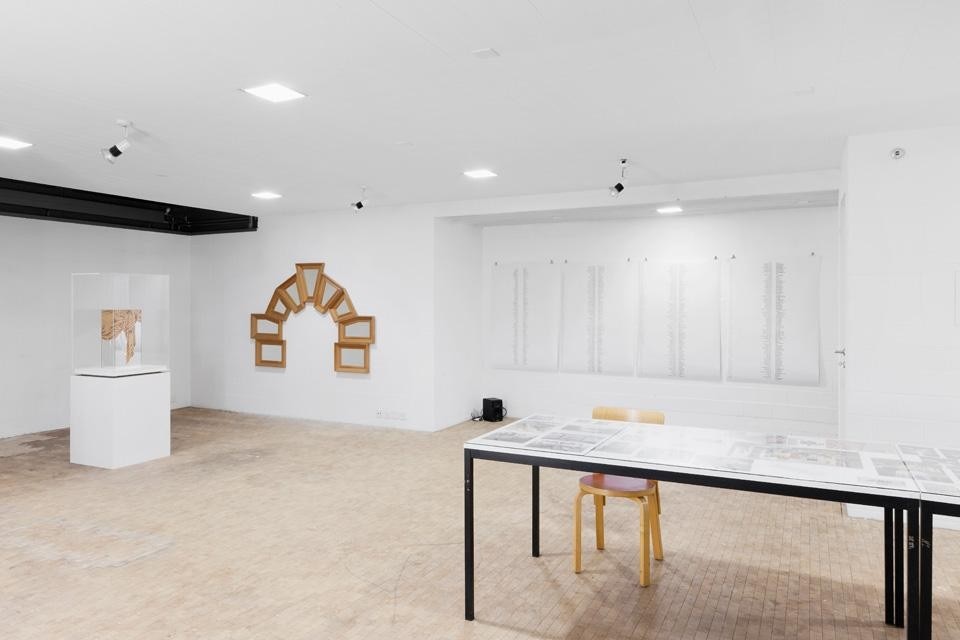
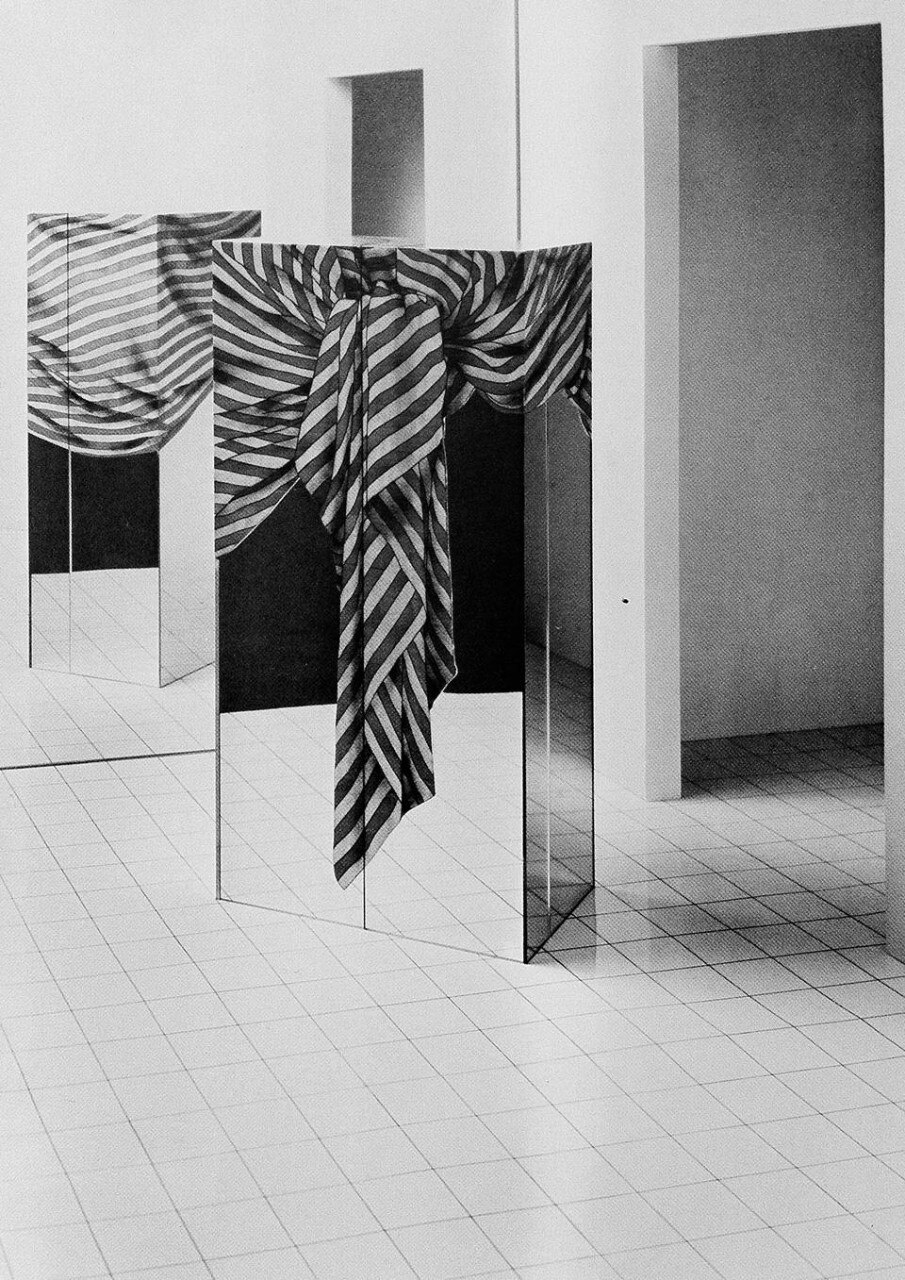
Trix and Robert Haussmann's work was originally subsumed under the vague term "postmodernism". Their avowed commitment to complexity and contradiction can in no way, however, be reduced to standard stereotypes
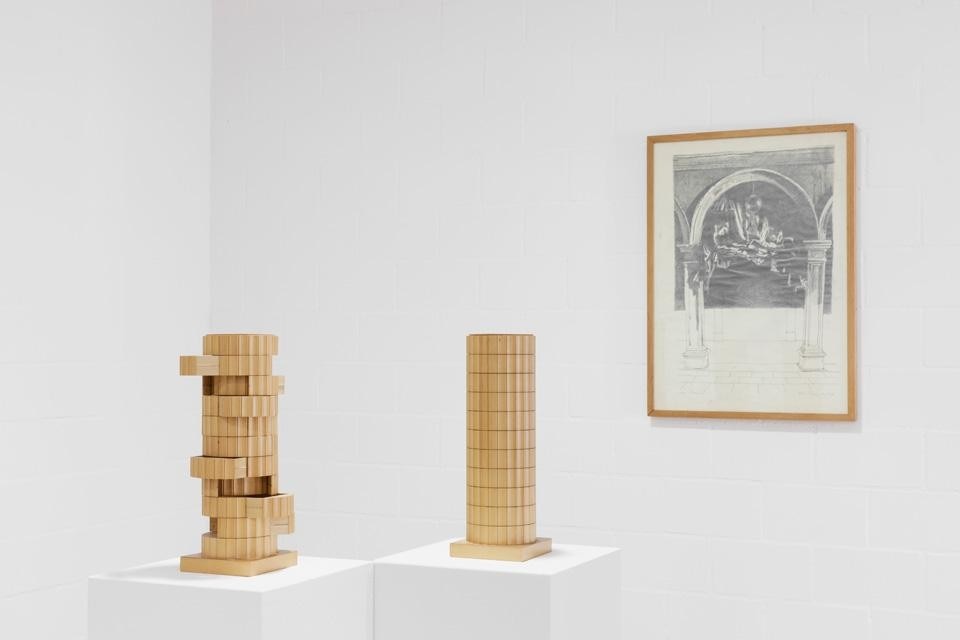
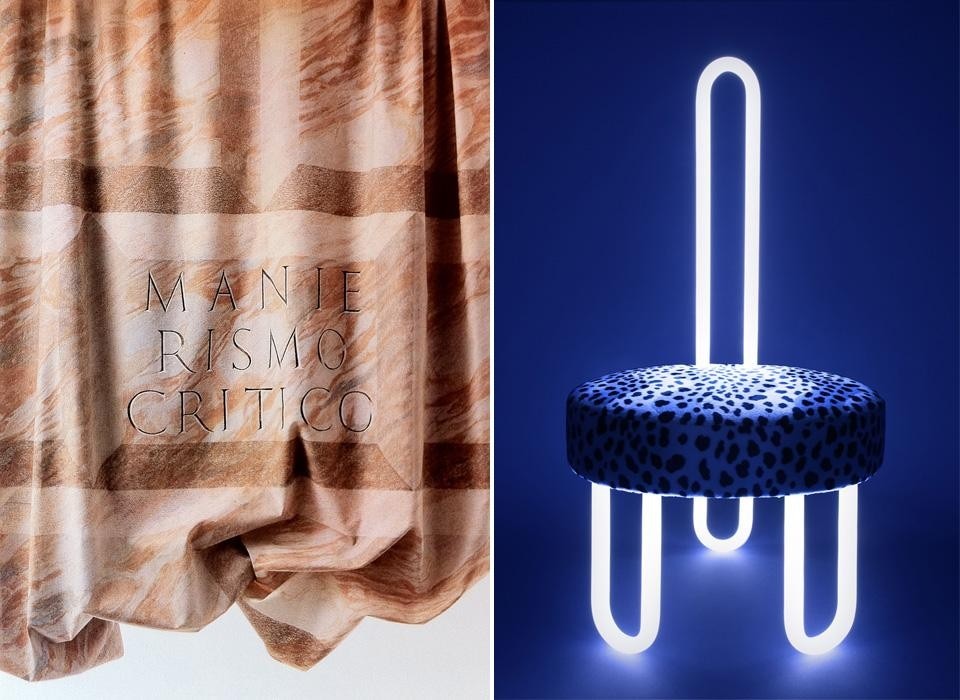
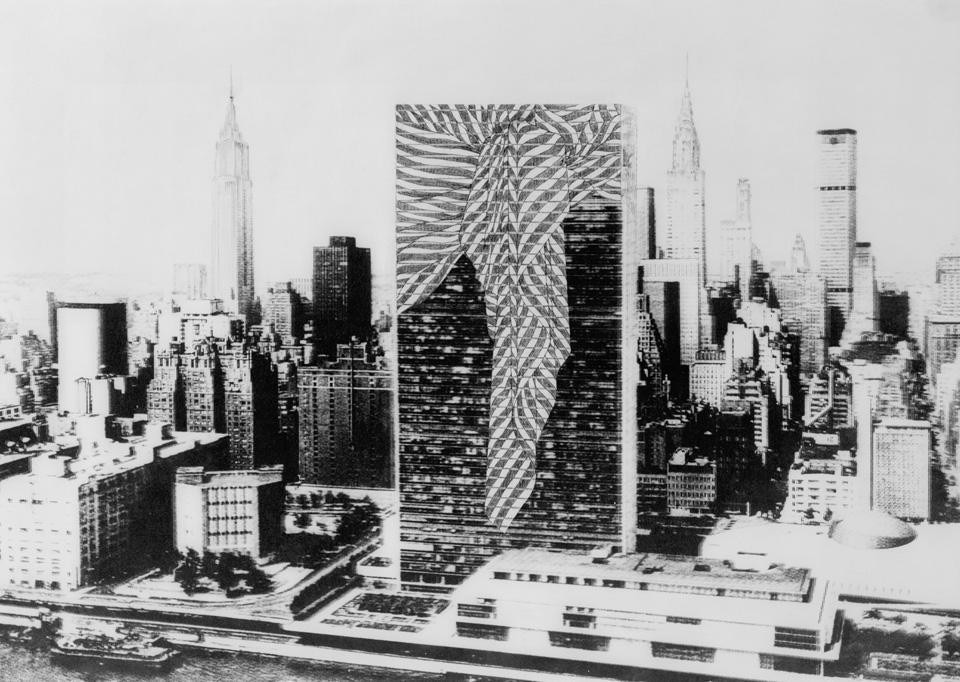
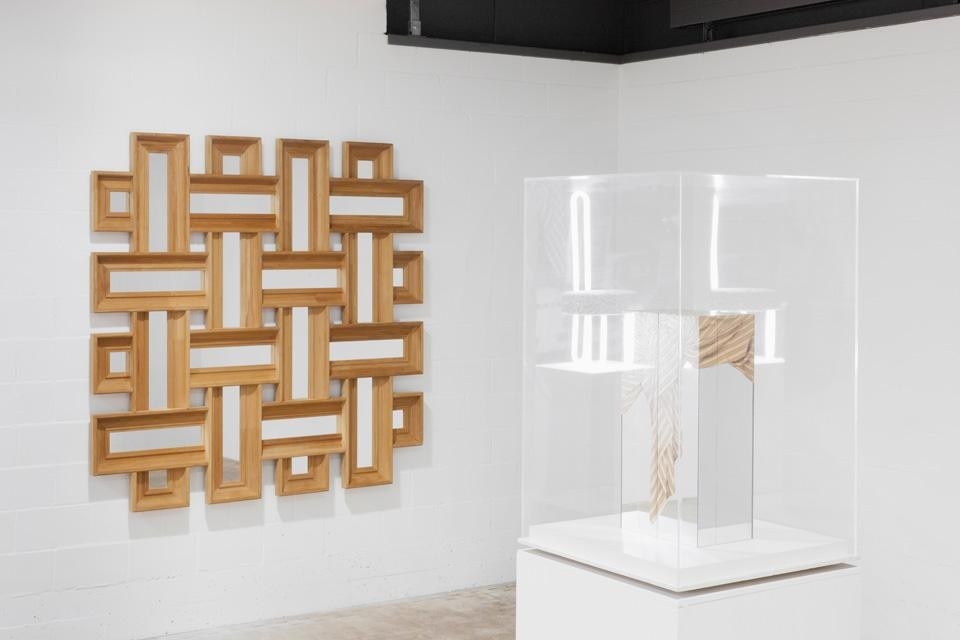
Trix & Robert Haussmann: The Log-O-rythmic Slide-rule
Studiolo
Zurich
Through 29 April 2012
